Two scientists offer a funny yet perceptive explanation as to why the aliens are being silent.
The scale of the visible universe is mind-boggling. Each galaxy is home to 100 billion stars and astronomers estimate there are at least one hundred billion galaxies out there, but this number is based on how big we think the universe is. For all we know, it could stretch on forever, so this number may very well jump from astronomical to downright inconceivable. But for now, let’s consider the universe a finite space measuring around 91 billion light-years across.
In the early 1960s, the extraterrestrial phenomenon had already gained traction with both the public and certain scientific circles. This prompted astrophysicist Frank Drake to attempt an educated guess at the number of advanced, active alien civilizations in our galaxy. Drake and his fellow astronomers came up with an equation that suggested there might be as little as one (us) civilization and as many as 100,000,000 in the Milky Way alone. And that was before we knew Earth-sized rocky planets were quite common.
Drake’s Equation gave way to an unprecedented wave of optimism in humanity’s search for alien life. Our hopes were further inflated by NASA’s recent announcement about the discovery of over 1,200 new Kepler exoplanets. But something just doesn’t add up. If there are is so much potential for extraterrestrial life to attain high levels of intelligence and technology, then where are all the aliens?
This conundrum is known as the Fermi Paradox and the video below explains it beautifully:
[youtube id=”sNhhvQGsMEc” align=”center” mode=”normal” autoplay=”no”]
There are a number of counterarguments attempting to dismantle Fermi’s Paradox while an equal number of advocates support it. Out of the backing theories, one stands out in particular, because it has to do with zombies. Don’t ridicule us just yet, we’re dying (couldn’t help it) to explain.
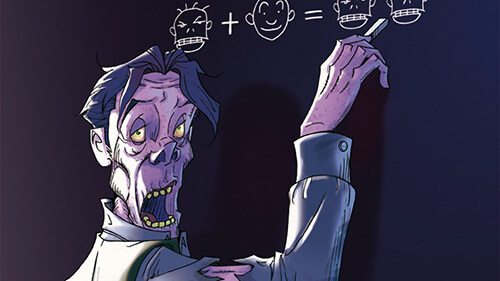
Pop culture succeeded in instilling an obsession with zombie outbreak scenarios. Maybe this is because deep down, nothing scares us more than the prospect of witnessing our civilization crumble while humanity is reduced to an army of mindless vessels, their sole purpose being to spread the contamination even further. But while we sit here and emit cold-sweat hypotheses about zombiedom, two sane and respected scientists have written an interesting study that puts zombies, aliens and our own future on the same page.
Stephen Kane (of San Francisco State University and Center for Global Extinction Pandemic fame) teamed up with Franck Selsis from the Planetary Defense Institute, crunched some (still theoretical) numbers and presented a modified version of Drake’s Equation. They came to the conclusion that as many as 2,500 planets in our cosmic vicinity might have become zombie-infested, and that is why they fell silent.
We know life on Earth has been a never-ending battle between plants and animals on one side and the viruses and bacteria that call them home and food. Pandemics have come and gone, thinning various populations, sometimes to the point of extinction. At times, mankind was threatened by diseases like cholera, bubonic plague and influenza, but, thankfully, we haven’t been hit by what Kane and Selsis call Spontaneous Necro-Animation Psychosis, a.k.a. zombie-ism.
They theorize that SNAS has an undeniable potential to wreak havoc:
Spontaneous Necro-Animation Psychosis is undoubtedly the most dangerous viral condition to infect living organisms. The infectious nature of the condition is maximized by bestowing upon the host an insatiable desire to spread the virus at all costs. This ensures that it will spread quickly and, usually, uncontrollably.”
Although this disease is hypothetical, Selsis and Kane point out that such a condition could easily arise either as a result of natural evolution or genetic engineering gone awry. An alien civilization with a technological level comparable to our own is set to face the same peril and scientific models show there would be little chance of survival in the event of a planetary zombie outbreak.
Detailed modeling of various SNAP outbreak scenarios by Munz et al. (2009) have shown that human civilization would not only be unlikely to survive such an event but would collapse remarkably quickly.”
Fermi’s Paradox is built upon the alleged silence that surrounds us. If there are so many planets capable of supporting life and enough time for it to have evolved into intelligent civilizations, why haven’t we heard from them? However unlikely, Kane and Selsis’ necro-biological explanation for the Fermi Paradox is brilliant:
Our work here shows the resolution of the paradox to be quite simple. The desolation of a civilization requires only that they encounter a case of SNAP during their exploration phase and their entire civilization will collapse.”
The scientists go on to provide guidelines for future space explorers, urging them to avoid zombie-infected planets. But how could such planets be identified?
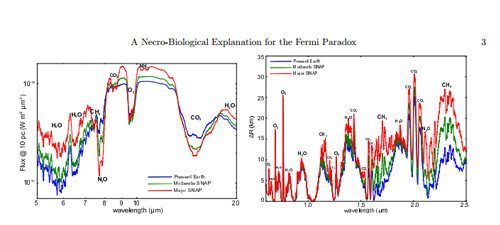
They stink.
It turns out planets that underwent total zombification would be pretty easy to single out, due to their atmospheric composition. In particular, the strong atmospheric presence of CO2, H2S, CH4, and NH3 will reveal those locations where massive amounts of death and decay have recently taken place.
The study concludes that ” there is a significantly non-zero probability that in the search for life in the universe we will also encounter large amounts of undeath” and that we should avoid zombie planets at all costs.
Golden advice right there.
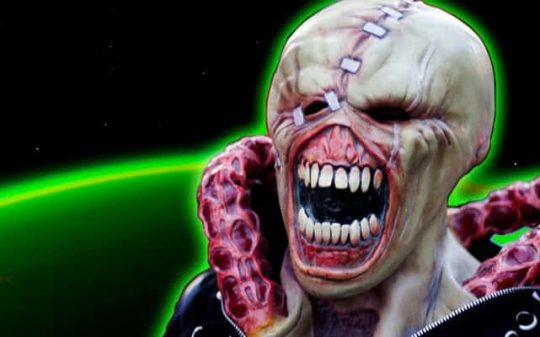


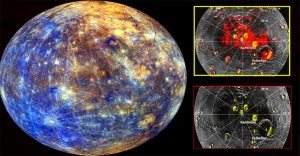



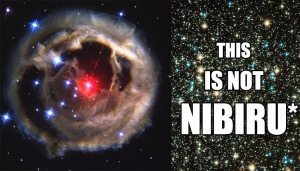



Trackbacks/Pingbacks